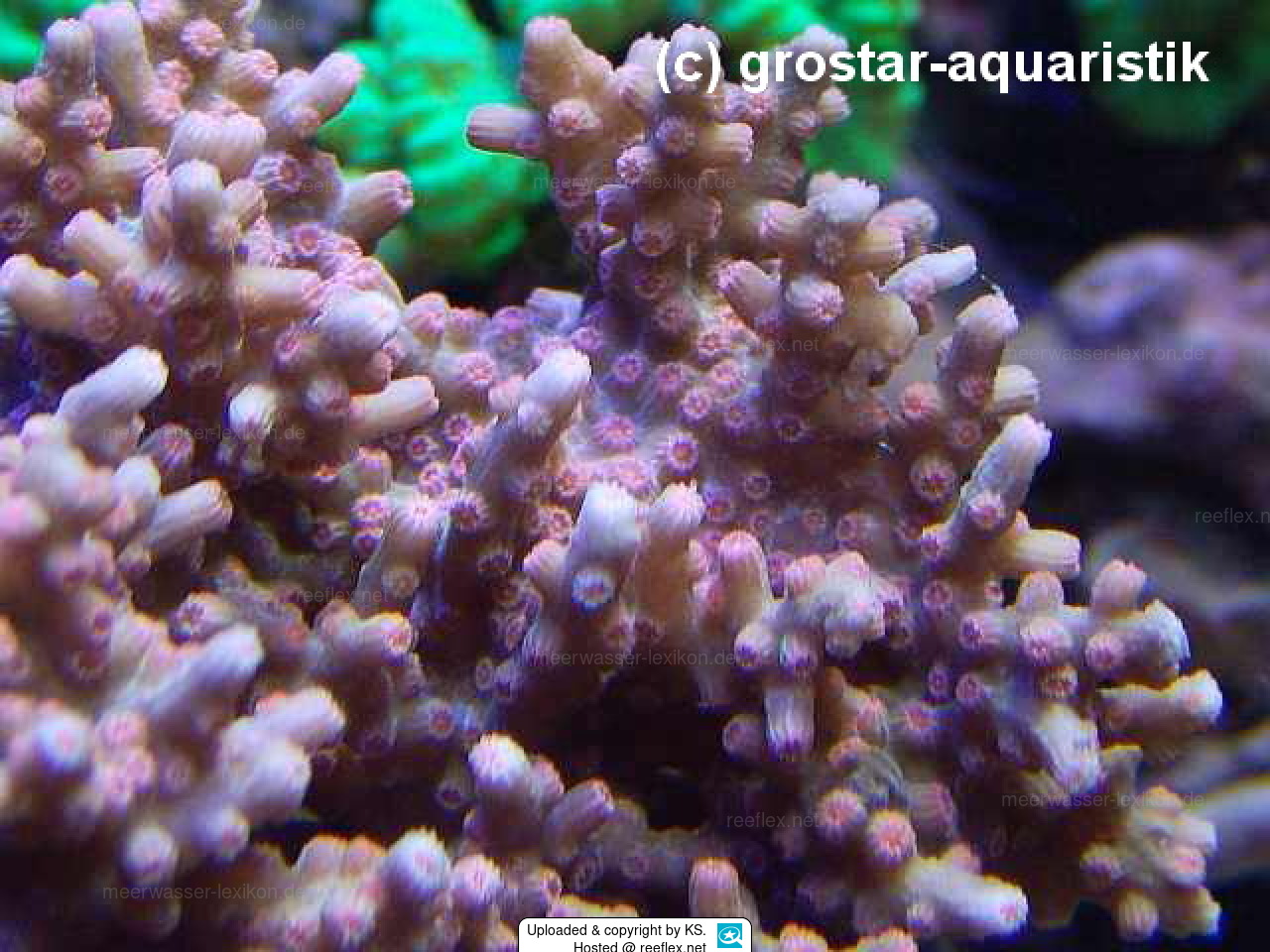Info
Moll & Best, 1984
Description: Colonies are branching, with Acropora-like axial corallites. On upper reef slopes, colonies have compact branches; on soft substrates, branches are more open and colonies are fragile. Primary septa vary from 10 to 12 in number. Costae are usually weakly developed.
Color: Brown, grey or cream.
Habitat: A wide range of reef environments, especially lagoons.
Abundance: Uncommon.
Similar Species: None.
Synonyms:
Cyphastrea agassizi
Cyphastrea chalcidicum
Cyphastrea decadia
Cyphastrea hexasepta
Cyphastrea japonica
Cyphastrea microphthalma
Cyphastrea ocellina
Cyphastrea serailia
Classification: Biota > Animalia (Kingdom) > Cnidaria (Phylum) > Anthozoa (Class) > Hexacorallia (Subclass) > Scleractinia (Order) > Merulinidae (Family) > Cyphastrea (Genus) > Cyphastrea decadia (Species)
Description: Colonies are branching, with Acropora-like axial corallites. On upper reef slopes, colonies have compact branches; on soft substrates, branches are more open and colonies are fragile. Primary septa vary from 10 to 12 in number. Costae are usually weakly developed.
Color: Brown, grey or cream.
Habitat: A wide range of reef environments, especially lagoons.
Abundance: Uncommon.
Similar Species: None.
Synonyms:
Cyphastrea agassizi
Cyphastrea chalcidicum
Cyphastrea decadia
Cyphastrea hexasepta
Cyphastrea japonica
Cyphastrea microphthalma
Cyphastrea ocellina
Cyphastrea serailia
Classification: Biota > Animalia (Kingdom) > Cnidaria (Phylum) > Anthozoa (Class) > Hexacorallia (Subclass) > Scleractinia (Order) > Merulinidae (Family) > Cyphastrea (Genus) > Cyphastrea decadia (Species)







 KS
KS


















